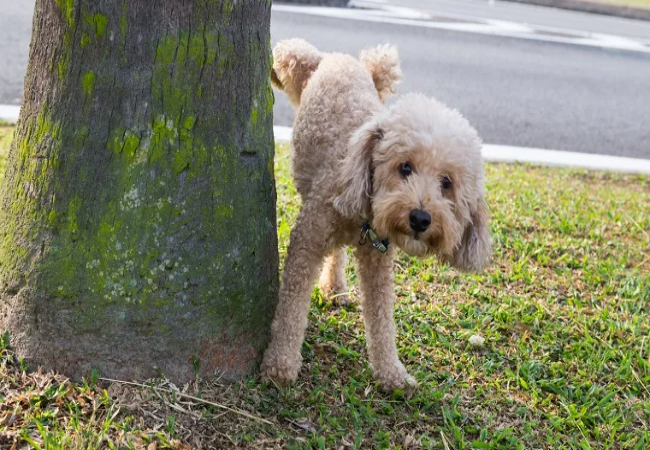Vet Insight: Hyposthenuria in Dogs 2025 🐶💧

In this article
Vet Insight: Hyposthenuria in Dogs 2025 🐶💧
By Dr. Duncan Houston BVSc
In dogs, congenital chest bone deformities—particularly pectus excavatum (sunken sternum) and pectus carinatum (protruding sternum)—can impact breathing and heart function. As a vet, I aim to explain causes, diagnosis, and treatment options to help pet parents keep dogs safe and thriving. 🫁❤️
🔍 What Are Chest Bone Deformities?
- Pectus excavatum (funnel chest): The sternum and ribs are sunken inward, narrowing the chest cavity.
- Pectus carinatum (pigeon chest): The sternum protrudes forward—less common but can affect breathing.
These issues are typically congenital and often seen in brachycephalic breeds like Bulldogs, Pugs, and Boston Terriers.
📍 Causes & Risk Factors
- Genetic or developmental origin: Often noted at birth or in early growth stages.
- Brachycephalic breeds are more prone to spine, airway, and cardiovascular anomalies.
⚠️ Clinical Signs
- Visible chest deformity: Sunken (excavatum) or protruded (carinatum) sternum.
- Breathing difficulties: Tachypnea, exercise intolerance, collapse.
- Cardiopulmonary effects: Reduced lung capacity, compressed heart, abnormal positioning.
🩺 Diagnosis
- Physical exam: Palpate the sternum for abnormal shape.
- Radiographs: Confirm chest deformity and assess heart/lung impact.
- Additional tests: Respiratory/cardiac function tests if severe.
💊 Treatment Options
1. Conservative (Young Dogs)
- External splinting: Use a harness or custom splint with peristernum sutures for mild cases.
- Thoracic splints: Non-invasive PVC splints to reshape the chest—effective in young puppies.
2. Surgical Repair (Older or Severe Cases)
- Resection and osteotomy of the sternum and costal cartilages.
- Internal support (metal bars) or external coaptation.
3. Manage Cardiopulmonary Health
- Oxygen therapy, bronchodilators, and anti-inflammatories if respiratory dysfunction is present.
- Monitor heart health, especially if displacement or compression occurred.
🛡️ Prognosis & Care Tips
- Mild cases: Often corrected by splinting with full recovery.
- Severe cases: Surgery can offer normal function; risks include infection or relapse.
- Brachycephalic dogs: Additional airway/spinal issues should be monitored concurrently.
📊 Summary Table
| Condition | Signs | Treatment | Prognosis |
|---|---|---|---|
| Pectus excavatum | Sunken sternum, breathing issues | Splints or surgery | Good if treated early |
| Pectus carinatum | Protruding sternum, occasional cough | Splints or surgery | Good with early intervention |
✅ Vet Tips from Dr Duncan Houston BVSc
- Evaluate chest structure in young puppies, especially brachycephalic breeds.
- Early splinting prevents progression and avoids surgery.
- Monitor breathing and energy levels during growth.
If your pup shows chest deformities or breathing concerns, reach out via the AskAVet.com app for an immediate veterinary consultation. Early accurate care helps dogs lead comfy, active lives! 🐾❤️






